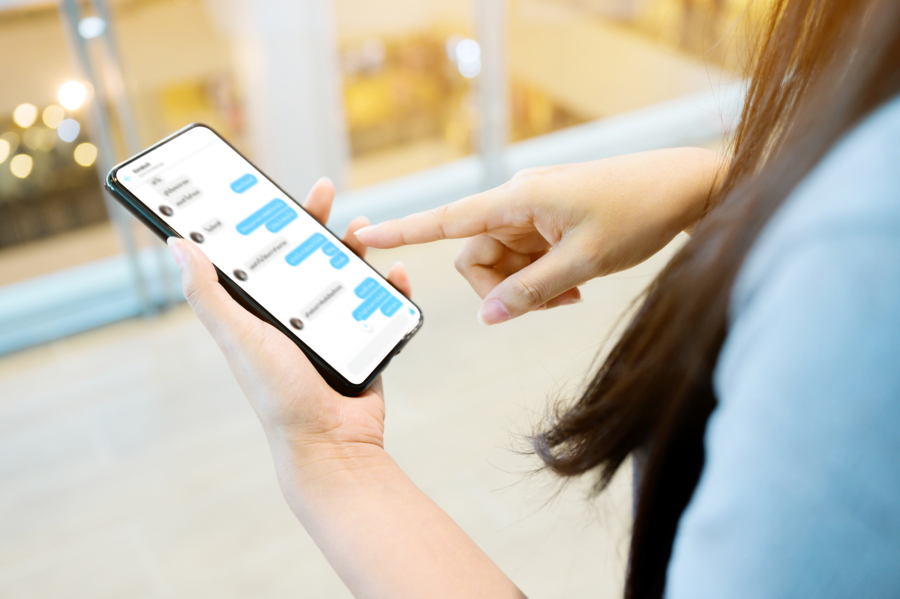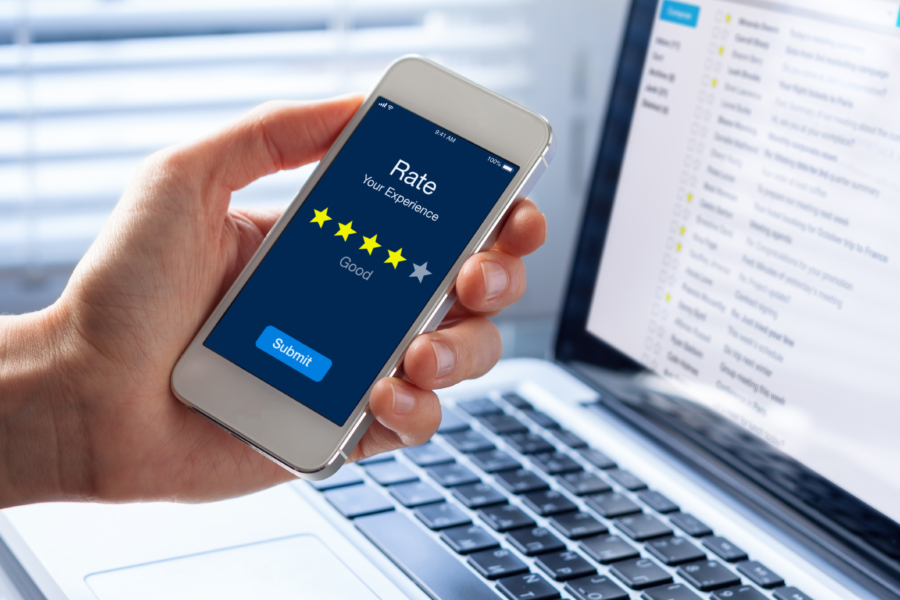Social listening is an invaluable marketing tool that not enough companies take full advantage of. It allows you to track, analyze, and respond to conversations about your brand, competitors, and your entire industry online. If you don’t
- Home
- Tag: Social Media Marketing
On August 29th Facebook started their global roll out of their new lead generation feature in Messenger to all advertisers. This feature allows businesses to create an automated question and answer experience within their Messenger app that
Gen Z now makes up 26% of the population and comprises 48% of the total media audience. Their spending power is estimated to be between $29 and $143 billion, without taking into account their influence on household
LinkedIn announced late last week that it will be adding three new features to their advertising platform. These features include brand awareness campaigns, website conversion tracking capabilities, and job applications. This new version will also have an
As we live and work in an era of unprecedented global transparency and digital experience-sharing, feedback has never been more business-critical than today. Feedback, both negative and positive, is constantly being shared about companies, products, and experiences.
Instagram has recently announced that they are going to start displaying ads in its Explore tab. The Explore section allows users to browse new content while discovering new accounts based on their interests. The platform says they
Company transparency is especially important when advertising on the internet, social spaces in particular. Social media users want to feel safe and ensured that their information isn't going to be exploited for advertisements. LinkedIn just recently announced
Private messaging apps such as WhatsApp, direct messaging via social media, emails, etc. are all referred to as “Dark Social” by marketers because content shared through these platforms are particularly difficult to track and analyze. This is
Customer loyalty is a priority and goal for all companies in existence. How to create those loyal customers is much easier than you may think, and it all has to do with transparency. According to the social
Social media marketing can be a fantastic tool to use in a variety of campaigns, especially in event promotion. This tool has not only changed the ways people promote events, but it has also changed how influencers















